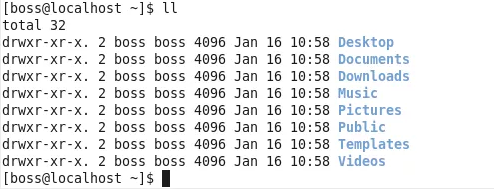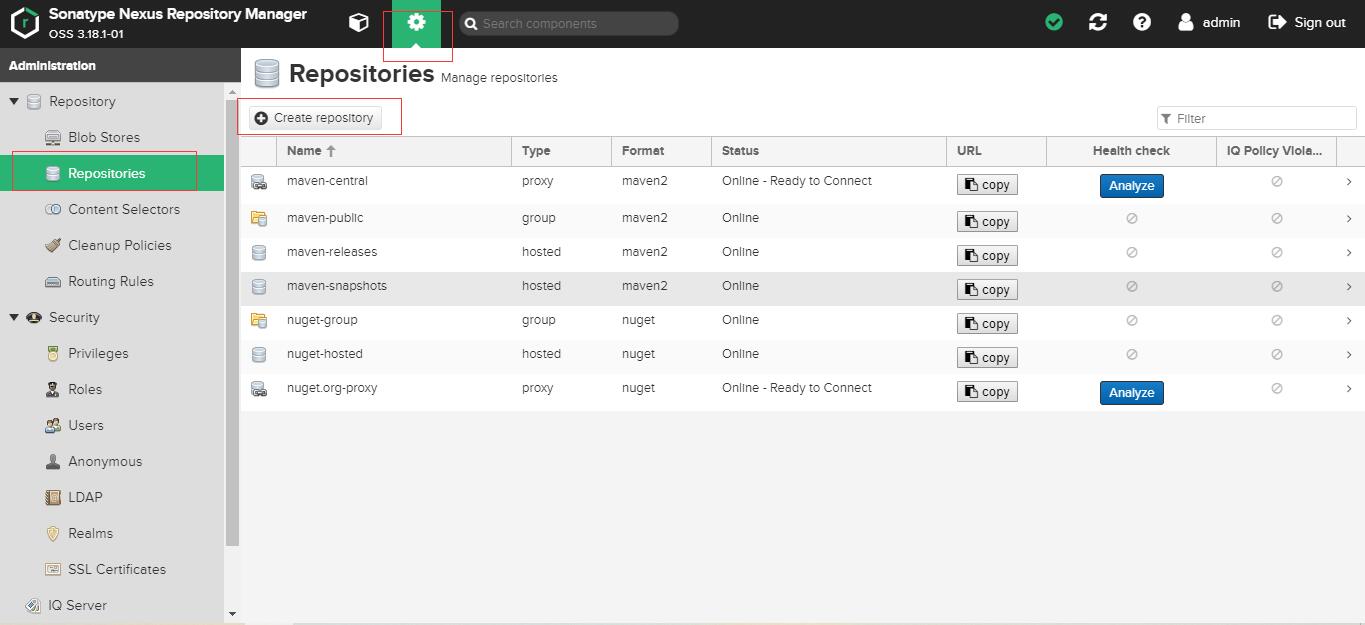sorry if i'm missing something fundamental about how colorRampPalette and brewer.pal work, but how can you create a qualitative color gradient based on multiple variables? my goal is to create a multidimensional qualitative gradient like the image shown below (red-to-green, red-to-yellow, red-to-blue and not red-to-yellow-to-green-to-blue).

minimal a reproducible example:
# example data set
mydata <-
data.frame(
v = runif( 100 ) ,
w = runif( 100 ) ,
x = runif( 100 ) ,
y = runif( 100 ) ,
z = runif( 100 )
)
# five columns of random values between zero and one
# use three columns with the `rgb` function to find
# the color between red, green, and blue using all three values
three.dimensions <- rgb( mydata$x , mydata$y , mydata$z )
# between zero and one, this gives black and white
plot( 0:1 , 0:1 , col = rgb( 0:1 , 0:1 , 0:1 ) , pch = 16 , cex = 3 )
# using the three sets of values, color on an rgb gradient
plot( rnorm( 100 ) , rnorm( 100 ) , col = three.dimensions , pch = 16 , cex = 3 )
# how is this multi-dimensionality
# supposed to be implemented in RColorBrewer?
library(RColorBrewer)
# create two colorRampPalette functions,
# for three- and five-category qualitative data
mypal3 <- brewer.pal( 3 , "Set1" )
mypal5 <- brewer.pal( 5 , "Set1" )
crp3 <- colorRampPalette( mypal3 )
crp5 <- colorRampPalette( mypal5 )
# this is just linear.. red, slowly to blue, slowly to green.
plot( rep( 1:10 , 10 ) , rep( 1:10 , each = 10 ) , col = crp3(100)[1:100] , pch = 16 , cex = 3 )
# how would i use RColorBrewer to get a three-way gradient
# with shades between red and green, as opposed to just red-to-blue-to-green?
# this is also linear across five colors.
plot( rep( 1:10 , 10 ) , rep( 1:10 , each = 10 ) , col = crp5(100)[1:100] , pch = 16 , cex = 3 )
# how would i use RColorBrewer to get a five-way gradient
# with shades between
# red and blue
# red and green
# red and purple
# red and orange
# and every other combo, depending on the values in `mydata`?





